Answered step by step
Verified Expert Solution
Question
1 Approved Answer
Based on this Case Study, I need a MS Excel spreadhseet showing your analysis to determine whether the product is most profitable to make
Based on this Case Study, I need a " MS Excel spreadhseet showing your analysis to determine whether the product is most profitable to make or buy " If you could help me outline and calculate this spreadsheet, that would be amazing. Doesn't even have to be perfect!
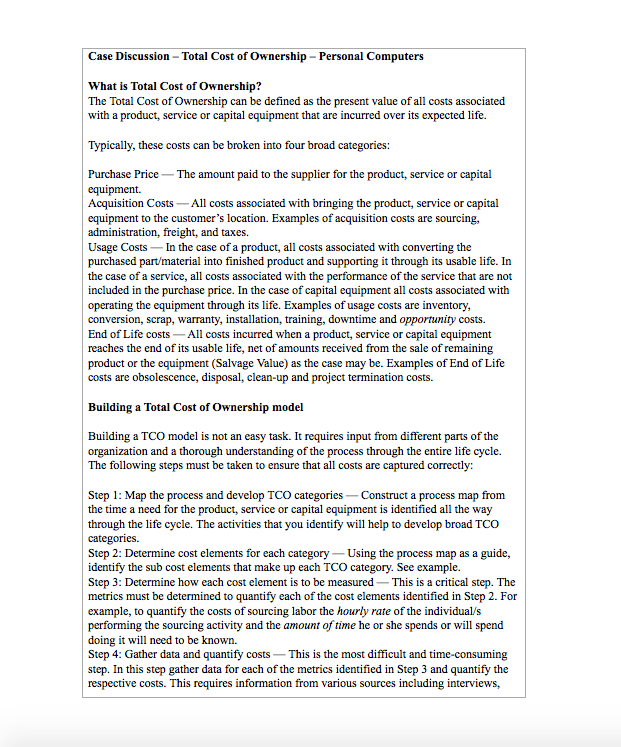
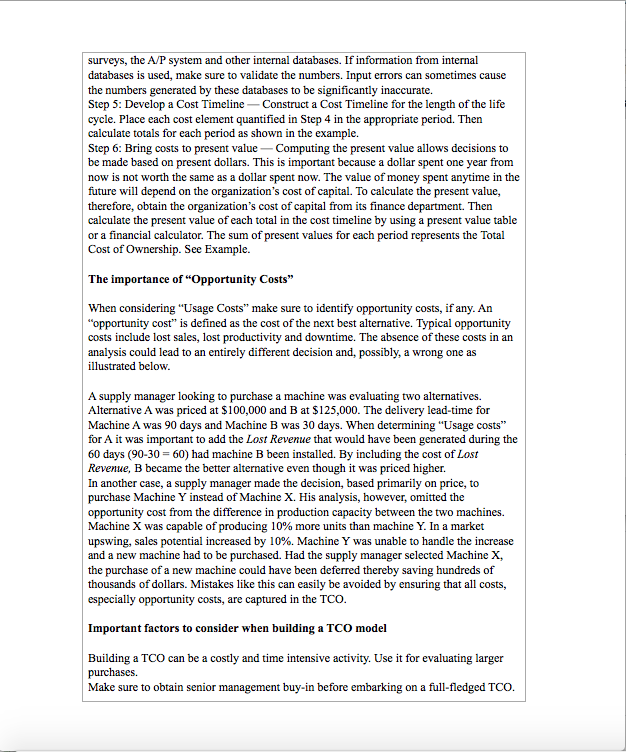
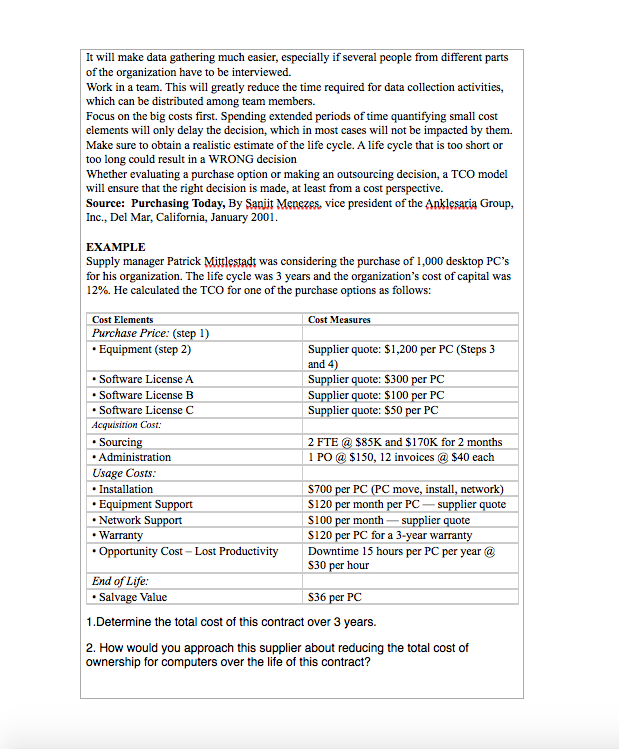
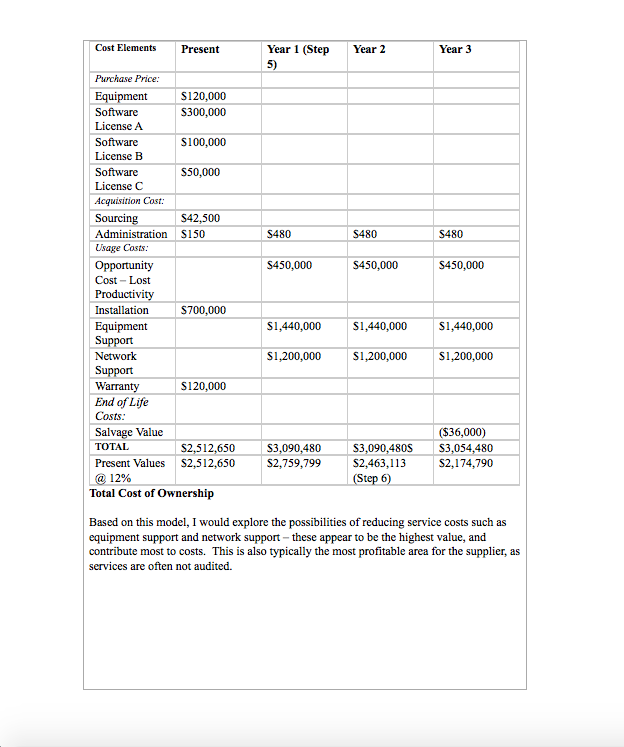
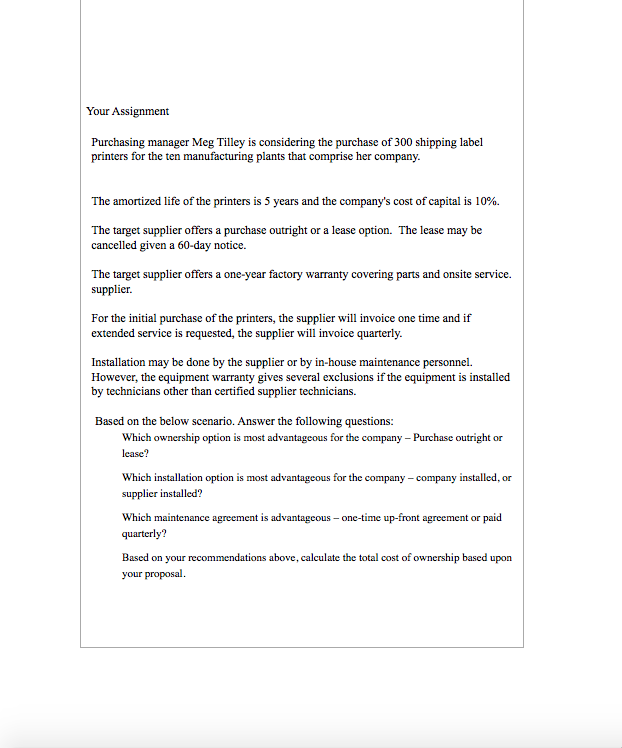
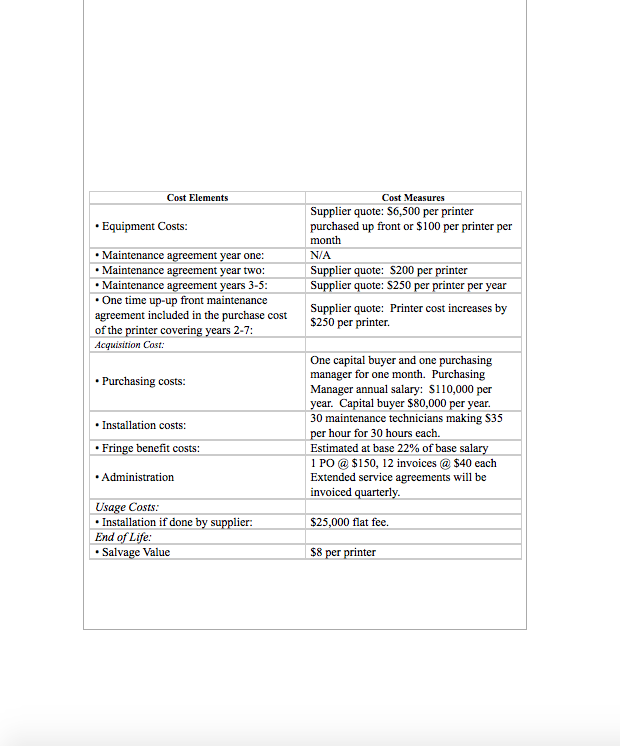
Step by Step Solution
There are 3 Steps involved in it
Step: 1

Get Instant Access to Expert-Tailored Solutions
See step-by-step solutions with expert insights and AI powered tools for academic success
Step: 2

Step: 3

Ace Your Homework with AI
Get the answers you need in no time with our AI-driven, step-by-step assistance
Get Started


